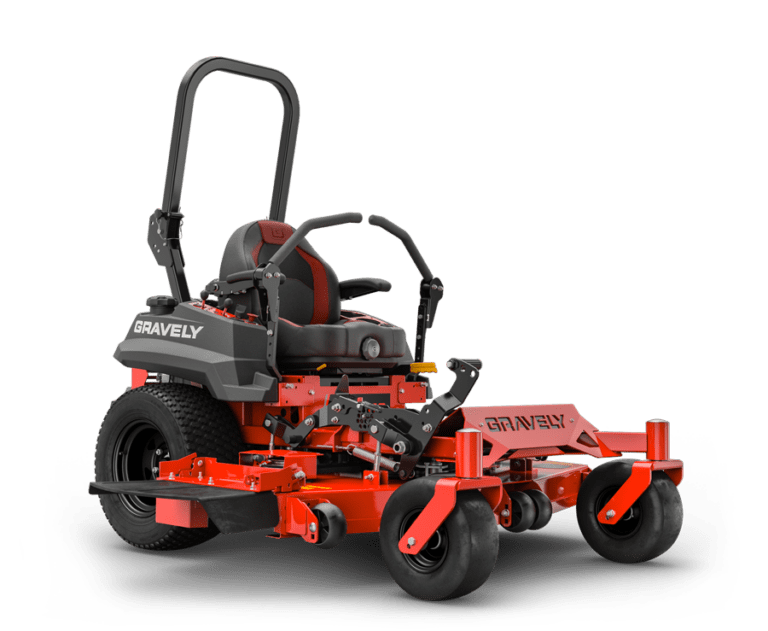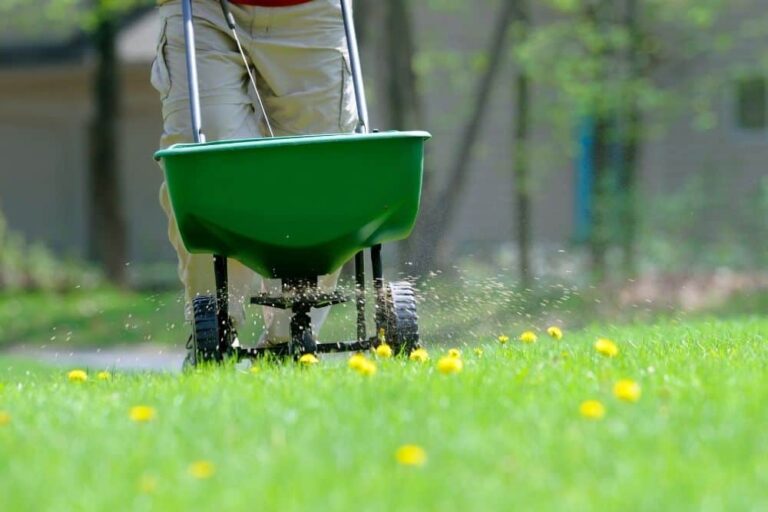Make Your Modest Yard Pop with the Best Trees for Small Yards
Our choices for the best trees for small yards are the Japanese Red Maple Tree and the Honey Crisp Apple Tree. Just because you’re limited on space, it doesn’t mean you have to sacrifice beauty. Many smaller trees offer style and versatility in a compact size. Our picks focus on the classy and the showy. Continue reading to learn more about picking the right tree for your yard.
Our Top Picks for the Best Trees for Small Yards
[wptb id="8347" not found ]How to Select the Right Tree
If you have a small yard, you’re well aware of your biggest limitation when it comes to choosing a tree. Size is important with the spread or width and a tree’s height. Think of it as an opportunity. If your home gets southwestern exposure, you can get a tree that can provide welcome shade. Even in a small space, you should still plant a tree at least 25 feet away from your house.
With this advice in mind, it makes sense to measure your yard especially if your space is limited. Fortunately, you’ll find accurate size information for height and width of the trees. It’s essential to know these figures at the tree’s maturity. These estimates may vary only if a tree isn’t getting adequate sunlight, moisture, or nourishment. Then, they’ll fall short of them.
Sunlight
Sunlight will come into play with trees that prefer full sun such as fruit trees. And even then, it’ll matter most if you hope to harvest any fruit. However, adequate sunlight is vital for trees and other plants to undergo photosynthesis. It is the chemical process that plants use to produce food and energy. If a tree’s needs aren’t met, your tree will have stunted growth.
Moisture
You’ll find trees in a wide range of tolerances for dry and wet conditions. It’s best to choose a tree that matches the conditions that your location can provide. Otherwise, you’ll end up with more maintenance to keep it healthy. Remember, adequate moisture is another of the vital ingredients for photosynthesis. To thrive, you must meet its needs for water.
You should choose a tree that can tolerate the amount of precipitation that your location receives. A tree with moisture needs that exceed what Mother Nature provides will add a lot to the maintenance and upkeep of your tree. It could end up as a major hassle if you live in a drought-prone area.
Nourishment
Before planting a tree, it’s a good idea to begin with a soil test. This test will tell you the availability of nutrients in your soil and its pH. Many trees are highly adaptable when it comes to soil conditions. But if you want a tree to look its best and reach its maximum potential, you should meet its nutritional needs. Like moisture, it also relates back to maintenance.
This video by the UF/IFAS Center for Landscape Ecology and Conservation explains why fertilizing your tree is important and how to take proper care of your investment.
Hardiness Zone
The USDA Hardiness Zone Map provides a guide to the extreme low temperatures. For many trees, winter temperatures are the deal breaker. While a tree may survive the occasional dry spell, a frigid winter below its tolerance is another story. You should confine your choices to your zone. You can use the map for a more accurate local figure using your zip code.
Maintenance
Trees require maintenance no matter what size yard you have. You may need to fertilize your tree, depending on your situation. You may have to water it occasionally. Both are essential for the health of your tree. The other concern lies with stress. A tree that is stressed is more vulnerable to pests and disease. These areas are things that you can control.
You will also have to prune your tree. This task will also help keep your tree healthy by removing dead or damaged branches. And since you have limited space, it can keep your tree’s size in check. Pruning will also encourage new growth so your tree can reach its maximum potential. It’s a good chance to examine your tree for damage so you can stay on top of any issues.
Other Features
Now for the fun stuff. Once you’ve figured out what your site can provide, then you can consider the design elements of a tree. Think about the purpose of your tree. Do you want it to be a focal point? Then, you may consider ornamental trees like magnolia that have beautiful, showy blooms. But your choices for color don’t end there.
Many trees are stunning year-round. Think of the rich greens of firs and pines. How about the stunning bark of a paper birch or American sycamore? Its foliage can also add color and interest to your landscaping. You’ll find numerous cultivars so you can pick the features you want the most. Your tree can always be the center of attention.
In addition to looking nice, your tree can also serve other functions. If you need shade, you can find a tree with a denser canopy to help keep your house cool during the summer. Some trees like crape myrtle can also act as a privacy screen. Keep these features in mind when choosing a tree to get the best return on your investment
Our Recommendations: Japanese Red Maple Tree and Honey Crisp Apple Tree
We wanted our choices to reflect the possibilities that exist even in a small space. We focused on trees that could bring a lot of features to the table. We also wanted ones that could adapt well to varying conditions. And maintenance is always something we consider when it comes to landscaping. It’s just as important to us as it is the health of the tree.
The Japanese Red Maple Tree offers a lot for the home gardener. It adapts to a range of soil conditions and sun exposure levels. It is tolerant for Zones 5 through 8. Then, of course, there is the color. Its gorgeous red leaves make it a show stopper and certainly caught our eye. With a spread of 10 feet and a height of 15 feet, it packs a lot of value in a small space.
The Honey Crisp Apple Tree is a handsome tree at a small size. Apple trees have a stately, classic look that improves with age. You may think of it as just another fruit tree. However, you won’t have to worry about harvesting apples if you only one tree. It takes two to make apples. The Honey Crisp Apple Tree stood out as a hardy tree, able to tolerate Zones 3 through 8.
Small doesn’t have to mean low on value. Many compact trees have a lot to offer the home gardener with a limited amount of space. You’ll find ornamental trees that can add that bit of wow to your landscaping. Whether you want a splash of spring color or year-round beauty, there’s a tree to fit your yard no matter what its size.
Photo by cocoparisienne licensed under CC0.


